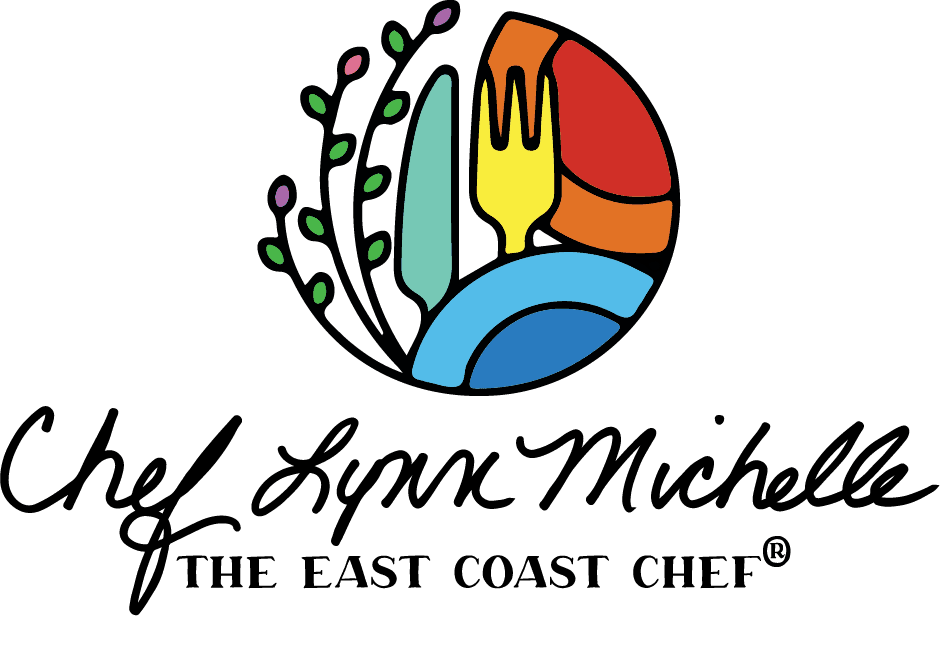Most recipes begin with a set pan over medium heat, but learning to control heat and oil is one of the most overlooked steps on the path to becoming a good cook. Everything from pasta sauces to sautéed veggies starts with a base of hot oil, but the difference between a crispy or tender meal and a sad, soggy mess starts before cooking your food. Slapping a pan on the stove and pouring in a glug of whatever you have on-hand will rarely give the flavor and satisfaction you’d achieve with a refined technique.
For those whose chicken breasts come out charred on the outside and raw on the inside or whose scrambled eggs are perpetually rubbery and dry, we’ve put together a beginner’s guide to mastering heat and oil.
Start With the Basics
- Use the right oil: Oils can take different amounts of heat before they start to smoke and are no longer suitable for cooking. Vegetable and canola oils have high smoke points, making them ideal for stir-frying, searing, and other types of high-heat cooking. Use olive oil for lower-heat cooking techniques like sautéing and reserve infused oils for dressings and finishes.
- Heat your pan first: Heat your pan before adding oil, and make sure both are nice and hot before you begin cooking. Adding food to a cold pan will cause it to soak up the oil instead of sizzling in it.
- Dry your ingredients: If you’ve ever made the mistake of adding water to a hot pan with oil, you’ll know why your ingredients need to be completely dry before you start cooking. If your ingredients are damp or dripping, they’ll start to steam when they hit the pan and cause oil to splatter everywhere. Ouch!
- Test your oil: You don’t need to wait for your oil to sputter to make sure it’s hot. If you lift the pan and swirl the oil around, it should move faster than it would when it’s cold. And when something does go in the oil, tiny bubbles should immediately appear.
Searing
Searing is a technique in which you cook the food’s surface at a high temperature until a caramelized crust forms. The food (usually a protein like chicken, beef, or seafood) is left alone in the pan until it takes on a golden or rich brown color. Allow your food to come to room temperature before cooking. If it goes into the pan cold, it will start to steam rather than sear.
Sautéing
Sauté, which means “jump” in French, means moving your food around the pan until it cooks. This method is most commonly used with vegetables but can also work well with thin slices of meat. If you’re sautéing over high heat, don’t overcrowd the pan, so your food has the chance to take on more color. Don’t worry about crowding the pan if you’re sautéing over low heat, as your food will need a little extra moisture to cook all the way through.
Stir-Frying
Stir-frying usually happens over very high heat – as high as your stove can go. The ingredients need to be tossed in the pan quickly and constantly so they don’t burn.
Braising
On the other hand, Braising is a technique in which you first sear your main ingredient, then cook in liquid at a low temperature. This technique helps tenderize tougher cuts of meat like short ribs, brisket, and chicken thighs. Don’t skip the searing step before you begin braising, as the crust that forms on your meat will help it retain its flavor.
Browning
This meat-cooking technique requires just enough heat to turn your protein, well, brown. It usually requires less heat than searing or sautéing.
Chef Lynn Michelle’s Top Tools
- Squeeze bottles for oil: Keeping your oil in a squeeze bottle gives you more control over exactly how much goes into the pan.
- Grease storage container: Pouring hot oil and grease into the sink can clog your drain over time, which is why it’s best to let it rest in a storage container until it’s safe to throw away.
- Spoon rest: Placing your spatula or tongs on a spoon rest can help you avoid a mess.
- Pans: The flavor of your food is not only determined by the quality of your ingredients, which is why an excellent pan is worth the investment. Chef Lynn Michelle’s favorite brands include Le Creuset, All-Clad, Calphalon, and Cuisinart.
Take a break from cooking and reservation-booking when you invite Chef Lynn Michelle to cook in your home or vacation rental. She’ll take care of every stage of the cooking process, from shopping to clean-up, so that you can spend more time around the table with your friends and family. Give her a call at 843-422-5480 or click here to book your next meal.
*Every editorial product is independently selected. If you buy something through our links, Chef Lynn Michelle may earn an affiliate commission. We update links when possible, but note that deals can expire, and all prices are subject to change.
